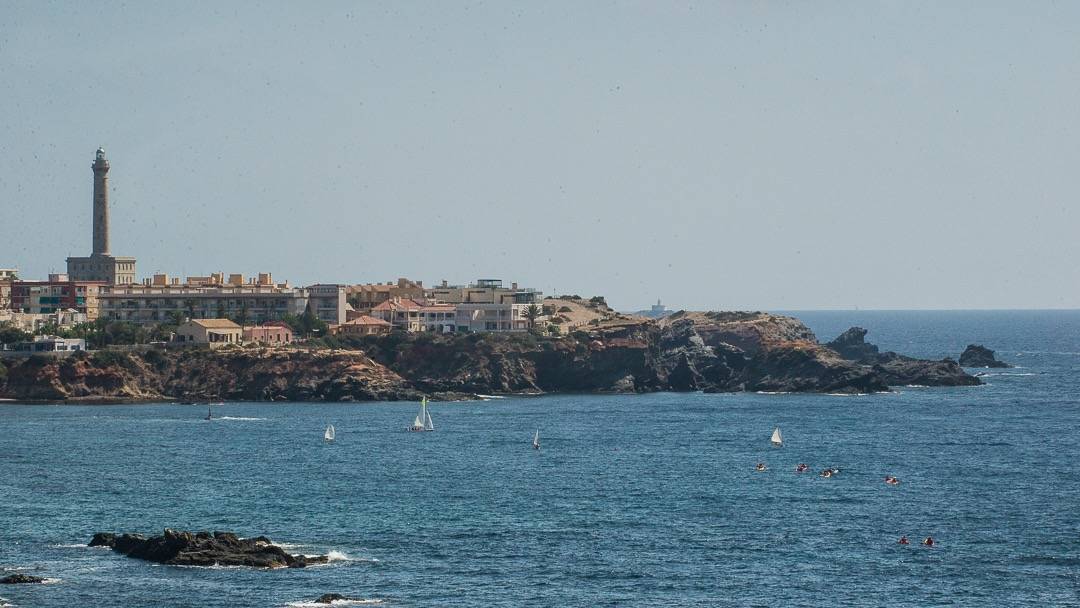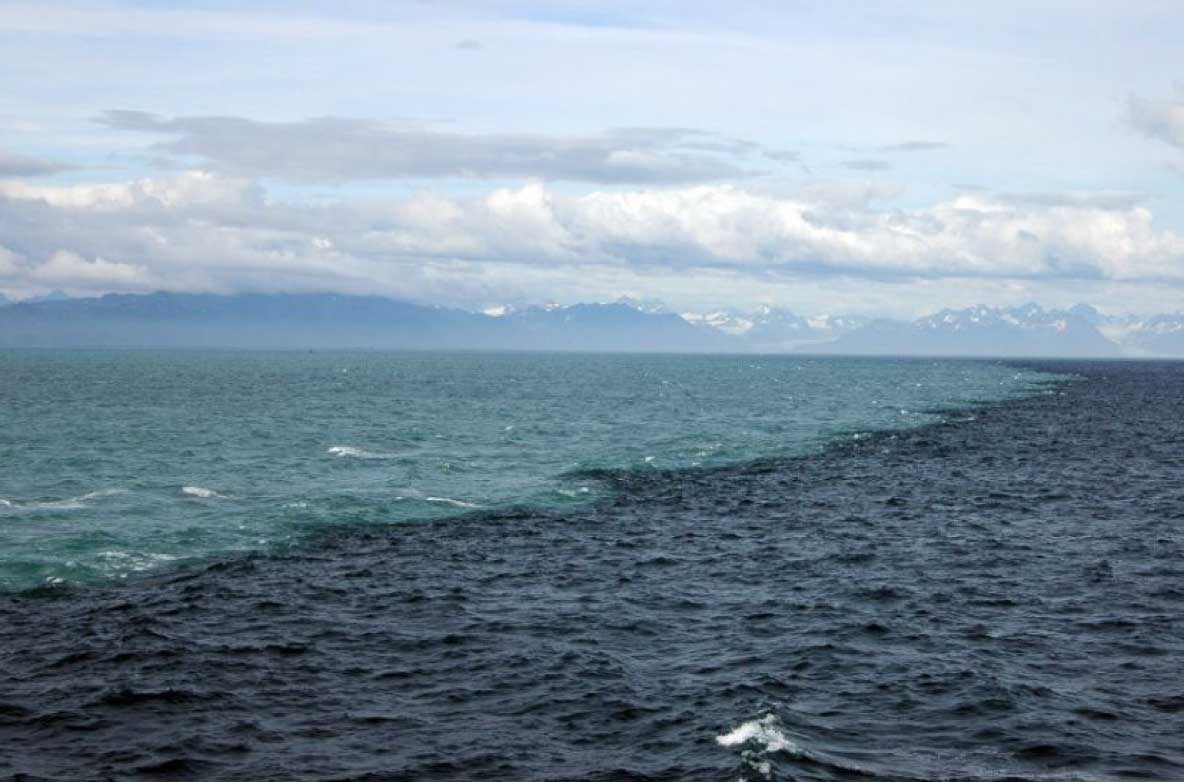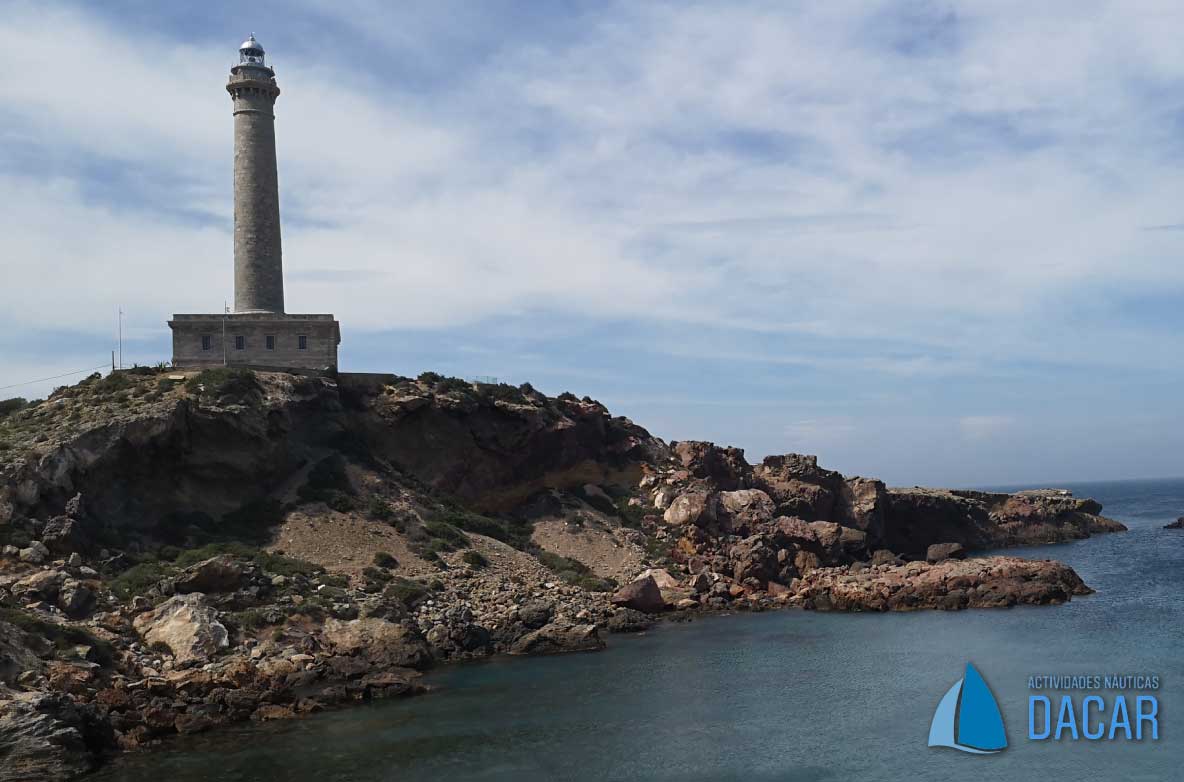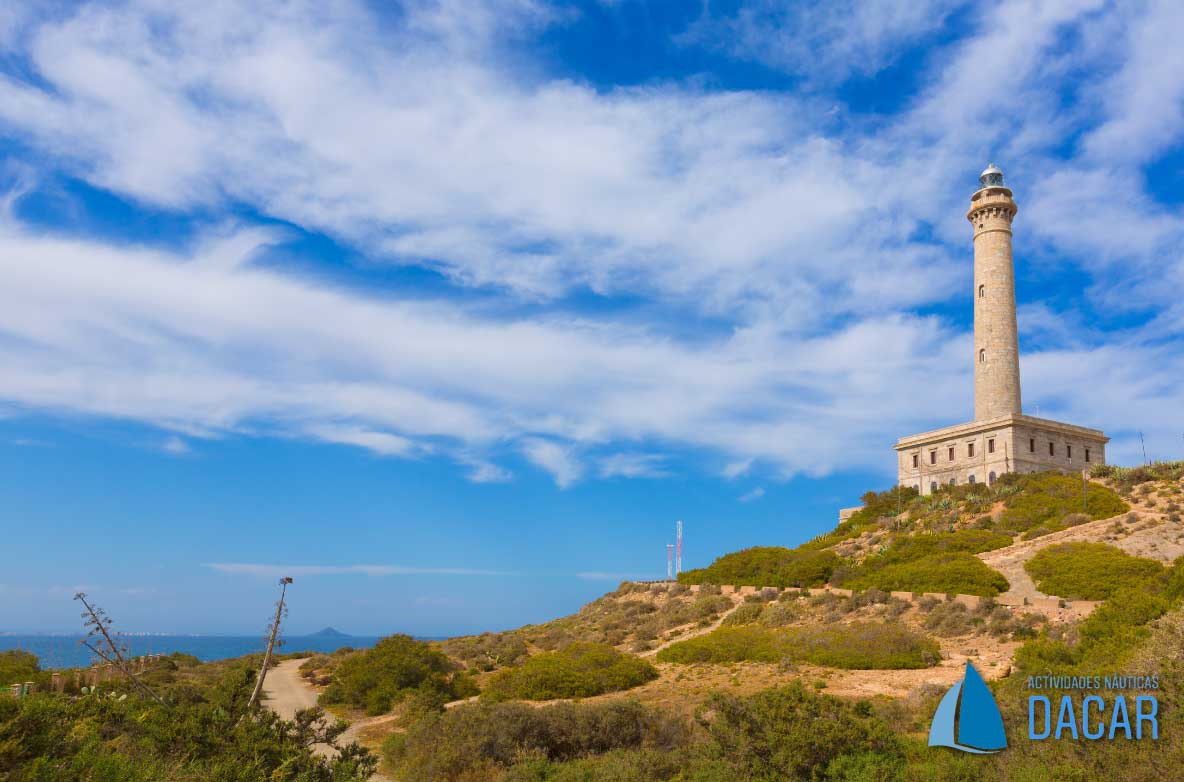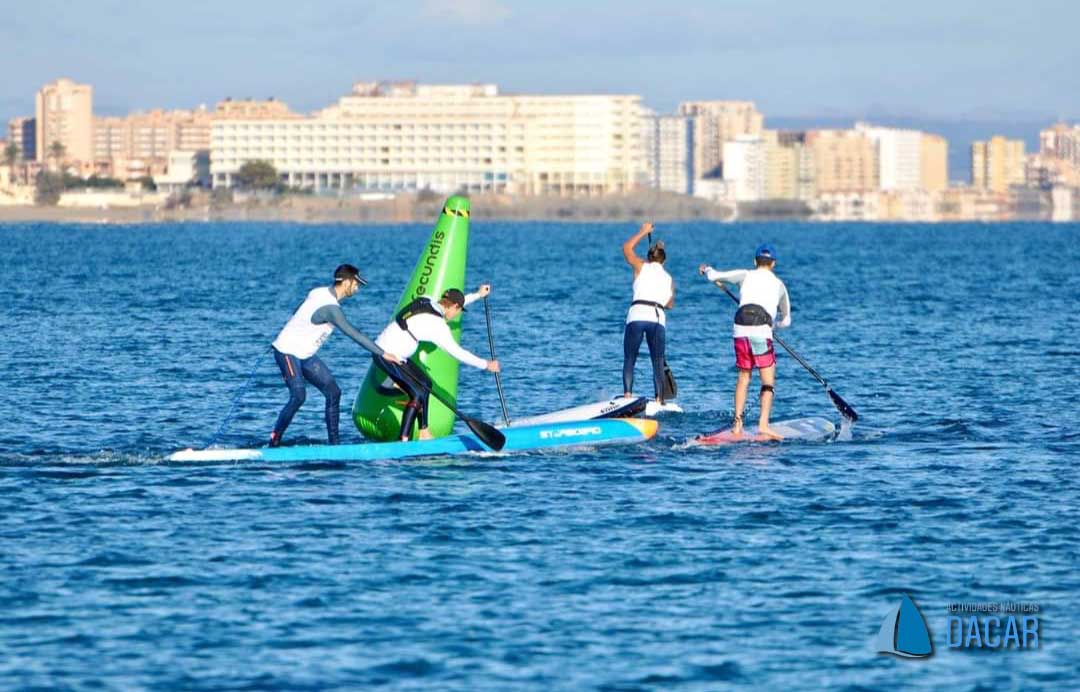Cabo de Palos: Its history

Today we are going to go back in the history of one of our favorite places in the world: Cabo de Palos. The first documents that name Cabo de Palos and La Manga deal with piracy in North Africa. And it is in 1512 where we find this document in the city hall of Cartagena. He talks about the seizure by the residents of the town of two light Moorish ships.
A year later, a public document was signed by Doña Juana about a legal dispute between the municipalities of Murcia and Cartagena over the exploitation of the Cabo de Palos lagoon, which we now know as the Mar Menor. And in this text the right of Cartagena to the fishing exploitation from the Gola Mayor in La Manga to the Albujón road is recognized. This conflict went back a long time to the lease made by the Murcia city council, in favor of a neighbor regarding the right of fishing exploitation. No one could fish in those waters without a license from Murcia. Some time later, the Cartagena fishermen got more space for fishing, from Punta del Ramí to the beaches of Calnegre. It is true that the disagreements between Murcia and Cartagena go back a long time and one of them was the fight for the Mar Menor.

Other documents talk about how Cartagena's leaders ordered the felling of all the trees in La Manga as a measure of protection against the Berber danger. They also requested the Marquis de los Vélez to send a detachment of his because ten Algerian ships had been sighted on Isla Grossa (a pirate hiding place). Neither in La Manga nor in Cabo de Palos there were settlements as such. Apart from the cave shelters that the fishermen had. To achieve a settlement with certain guarantees, the fishermen asked Murcia, Cartagena and Lorca to build two watchtowers. One in the town of Pinatar and another in Estacio.
Another letter showed the obligation of the fishermen who carried out their work in Cabo de Palos to contribute to the construction of the defense tower that was being built in Portman. In 1596, from the Monastery of San Ginés de la Jara, a letter was sent to Cartagena to send troops against the besiegers. Soon after, six Turkish galleys made landfall at Calnegre to pillage and take hostages. Many of these hostages were later rescued by some religious orders that were in charge of raising money for it.

In 1843, there were several mines in Calblanque and Cabo de Palos. But the miners, fishermen, and day laborers who worked in this area did not reside in stable population centers. In January 1865 an important event took place in Cabo de Palos, its famous lighthouse was inaugurated. Finally, in 1906, a disastrous episode took place in the history of Cabo de Palos: the sinking of the "Sirio". It was a steamboat that came from Barcelona and had 800 passengers on board. Fishermen who went to help rescue shipwrecked people also died. We have been able to learn a little more about the history of Cabo de Palos, and soon we will talk about the history of a very famous element in the town.


